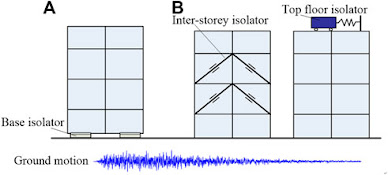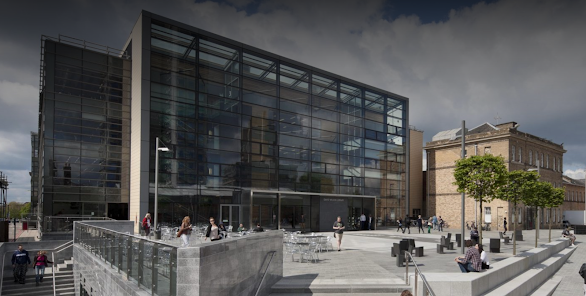Research post N*4: The houses of parliament and Moorish architecture
This structure is what I find to be the most gorgeous one in the United Kingdom, alongside the best in the world, it is a prime pillar of Gothic Architecture.
A fire broke out at London's historic Palace of Westminster in 1834. resulting in burning it down to ashes. The fire provided Britain with an opportunity to replace what was seen to be an antiquated, outdated, disorganized collection of government buildings as well as to construct a Gothic Revival monument that would symbolically represent the UK's global leadership and the origins of modern democracy. (Fiederer, 2016)
With the help of A.W.N. Pugin, Sir Charles Barry created the current Gothic Revival structures. The cornerstone was placed in 1840, construction started in 1837, and it was completed in 1860. (The Editors of Encyclopaedia 1998)
This iconic structure has always fascinated me for its style, I think it is the closest Gothic revival structure to what through how detailed it is, the multiple types of arches from 3 foiled to pointed.
through my research, I found many similarities between Gothic Revival and Moorish architecture, and this is a prime example of this, Diana Darke discussed in her book, "Stealing from the Saracens "; that this structure has many arab inspired features:
- The Big Ben adopts, Trefoil arches some blind some open.
- The outside of the Palace of Westminster has trefoil arches and ogee arches.
- Lastly, the Central Lobby has pointed arches, Tracery windows, and heraldic badges.
Here we can see all of the previously mentioned features.
I think Moorish architecture is relevant in this case because of the impact that it has on American architecture. There was a Moorish revival movement in the 1900s (PHMC, n.d.)
Here is an example:
Rodeph Shalom Synagogue Philadelphia
References:
Darke, D. (2020). Stealing FROM THE Saracens: how Islamic architecture shaped Europe. Hurst Publishers.
Fiederer, L. (2016). AD Classics: Palace of Westminster / Charles Barry & Augustus Pugin. [online] ArchDaily. Available at: https://www.archdaily.com/789671/ad-classics-palace-of-westminster-houses-of-parliament-london-uk-charles-barry-and-augustus-pugin.
The Editors of Encyclopaedia Britannica (2019). Houses of Parliament | buildings, London, United Kingdom. In: Encyclopædia Britannica. [online] Available at: https://www.britannica.com/topic/Houses-of-Parliament-buildings-London-United-Kingdom.
Pennsylvania Historical and Museum Commission. (n.d.). Exotic Revival Style 1830 - 1850, 1920 - 1930 | PHMC > Pennsylvania Architectural Field Guide. [online] Available at: https://www.phmc.state.pa.us/portal/communities/architecture/Styles/exotic-revival.html#:~:text=Moorish%20or%20Oriental%20Revival%20Style&text=This%20style%2C%20evocative%20of%20the [Accessed 30 May 2024].
Image references:
Brown, A. (n.d.). Palace of Westminster. Available at: https://www.archdaily.com/789671/ad-classics-palace-of-westminster-houses-of-parliament-london-uk-charles-barry-and-augustus-pugin/576369aee58ece93e100003d-ad-classics-palace-of-westminster-houses-of-parliament-london-uk-charles-barry-and-augustus-pugin-image.






Instead of starting this post with a history lesson, why don't you introduce WHY you have chosen this design as part of your research for this project???
ReplyDelete